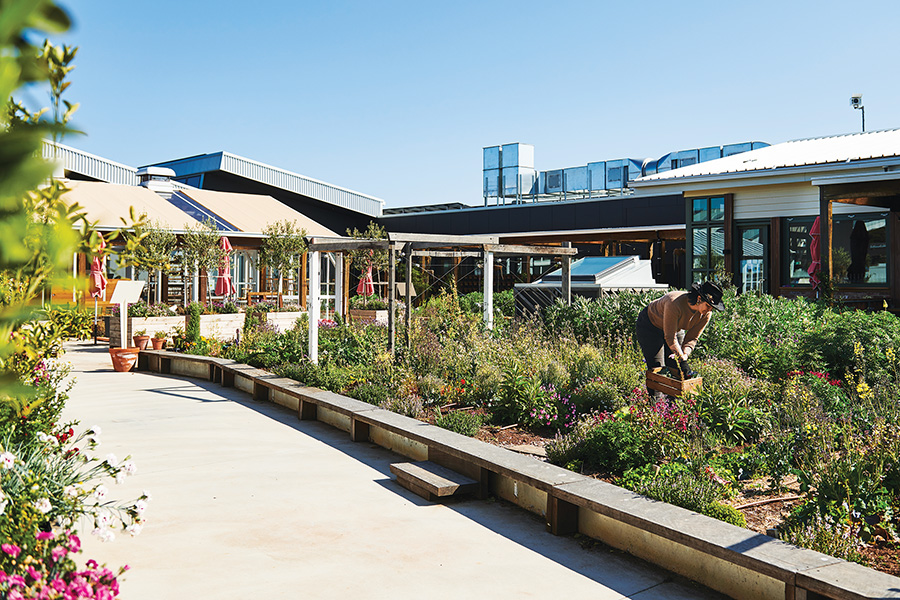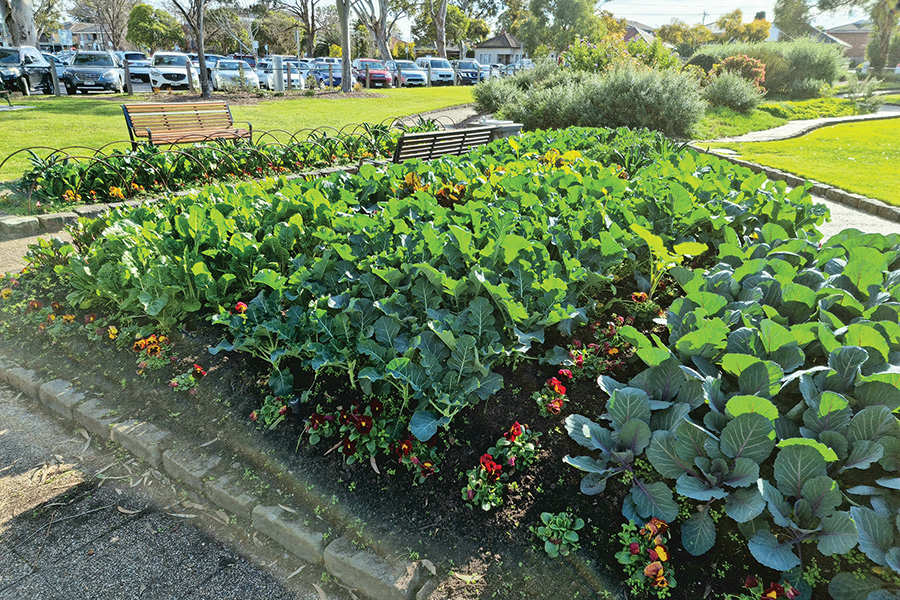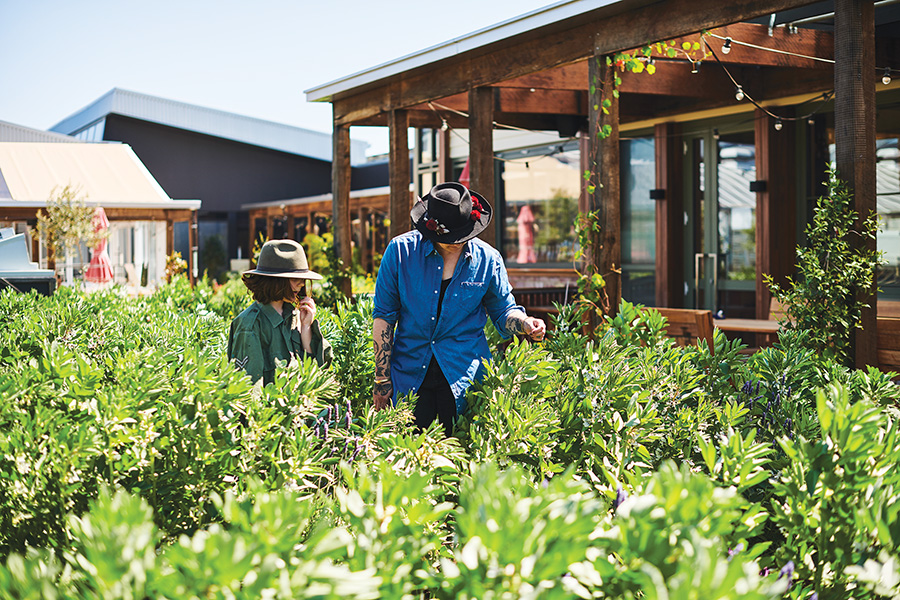Innovation… it’s a buzzword in our industry. Shopping centre rooftops have been turned into leisure and dining precincts – external spaces are used for pop-up retail usages. What else could we do? What about growing food?
This article by Claire Bowles, Regenerative Development Lead i2C Architects, was first published in SCN – July/August edition
Worldwide we are seeing is a deep yearning for a reconnection with food and a closer relationship with urban growing initiatives – this growth in interest and curiosity about where our food comes from and how it is produced is driving a movement known as food citizenship.
A dominant narrative during the past years has been to see community as merely the consumers at the end of the food supply chain. The UK New Citizenship project (2014) demonstrated that even exposure to the word ‘consumer’ significantly decreases our sense of responsibility in shaping the world around us.
What we are seeing now is a shift from being food consumers to being food citizens – reconnecting with food, understanding how to be in relationship with food and actively contributing to the wellbeing of our food environments, and the livelihoods and health of those who grow and make our food.
The Australia Institute conducted a study in 2014 and found, Australia-wide, 52% of households reported growing at least some of their own food in their backyards. There is an evident growth in urban growing from weekend growers in their backyards to community gardens and sharing initiatives to semi commercial farmers.
A key success factor for food citizenship is connection.
Only through connection comes curiosity and through curiosity comes learning and through education comes a sense of responsibility and care. The role of the designer is key in considering how we can design our retail centres in a way that reconnects communities with food and not only the consumption of food but also interest in where food comes from and what food means to our local communities.
With the emergence of food halls and food markets that resonate with citizens seeking food experiences and dining destinations, we see the potential to take this one step further with the inclusion of onsite food gardens and shopping centres incorporating urban farms and growing projects onsite.

Burwood Brickworks rooftop
The world-class exemplar regenerative retail project that demonstrates the effectiveness of connecting community with top quality fruit and vegetables onsite is Burwood Brickworks Shopping Centre. The project was recently awarded Petal Certification by the International Living Future Institute. The rooftop urban farm acts as a destination and experience but also produces food for the acreFarm restaurant while also serving the Crossway LifeCares customers suffering hardship during the recent COVID pandemic.
As communities continue to seek out food experiences, shopping centres across the country, large and small, will need to continue to enhance their offerings to remain competitive and exciting.
One destination I personally love is the Dandenong Market, in Melbourne’s south east, which has successfully integrated food gardens within the landscaping surrounding the historic market to reflect the living international food culture that exists there. Dandenong’s population includes more than 150 nationalities (the highest ethnic diversity in Victoria), with more than 60% of the population born overseas and 64% speaking a language other than English. These food gardens are not only a beautiful representation of the international community and culture but when the crops are ready they are given to a local charity – helping to support those families in need within the surrounding community.

The food gardens at Dandenong Markets
Connecting the community with the source of their food and enabling an urban experience of a farm and market is not only a day out and worthwhile experience but it can also be a valuable contribution to the city’s food supply as we see our food bowls diminishing as a result of over development and urban sprawl.
What if where shoppers once strolled between clothing outlets, jewellery shops, and sporting goods stores, they could instead walk among gardens growing greens, herbs, and tomatoes for sale to families and restaurants? The gardens would draw customers through a memorable experience to the other businesses within the retail centre.
We must look at systematic ways to improve our connections, make our places greener and better, and offer opportunity and fair access for all. As Rob Rees CEO Cultivating Community says: “By keeping a green thought the first thought we have potential at scale to connect our experiences in improving wellbeing and we will see a social return on investment. This shouldn’t be the exception but the norm.”
Within retail a huge opportunity exists to reconnect communities with the source of their food. In my experience, communities that reconnect with food are able to reconnect with each other. When people are brought together over food, new relationships are formed, people connect, ideas are generated and shared more quickly. New community possibilities emerge. It is this emergence that builds resilience and vibrancy.






















